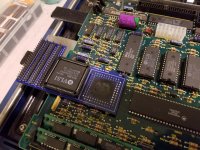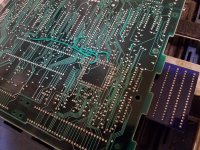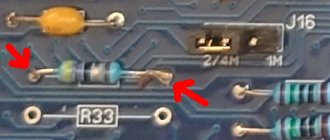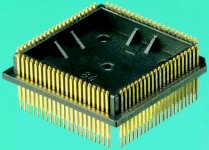Kai Robinson
Well-known member
Hmm, i've redone some of the traces around the SND/Serial SCC stuff - i discovered that the 26LS32 is not correctly connected! There's a tiny trace that goes from Pin 1 (1B inverting input) to a via, and i missed that - having that unconnected could be throwing off stuff...it's a longshot, but i can try...i'm basically going over every via/trace on the sprint layout, ensure that nothing is unconnected - plus lining stuff up a little better - has no effect on the signalling, but I like things to be as neat as possible 
Last edited by a moderator:




